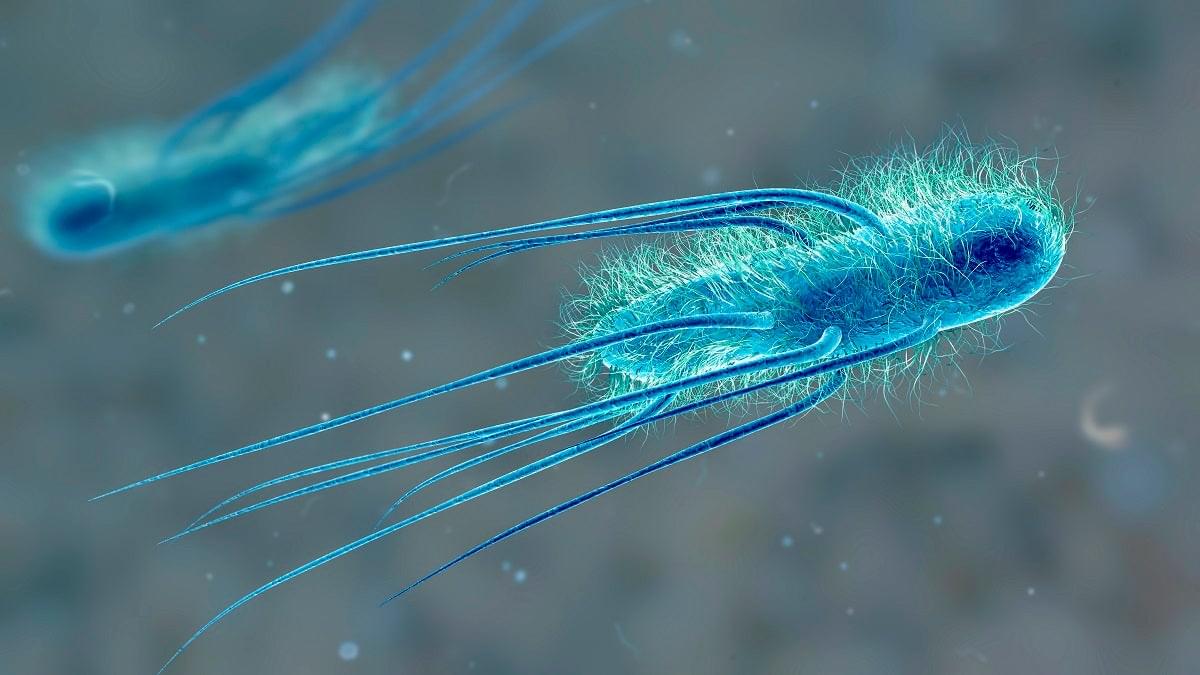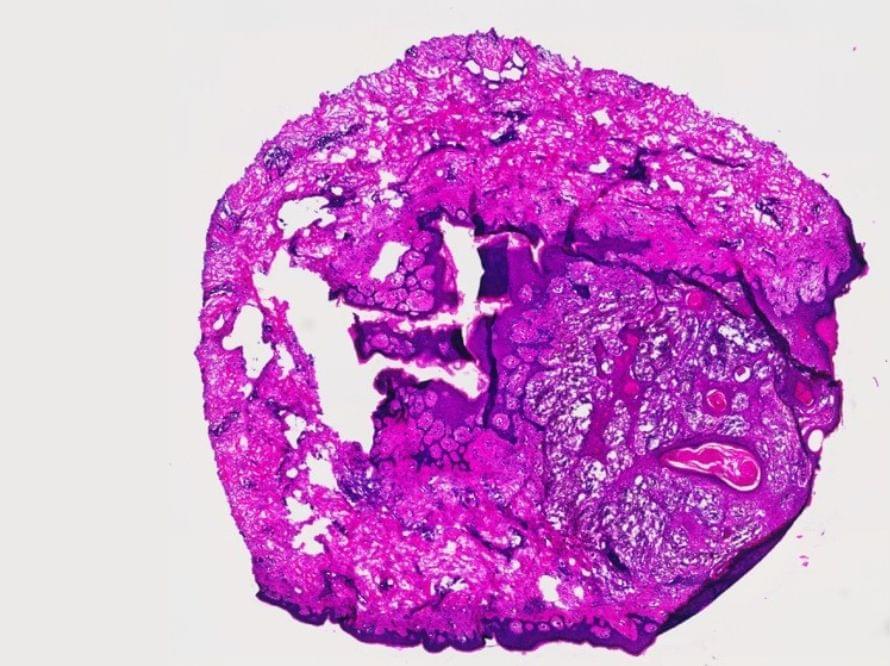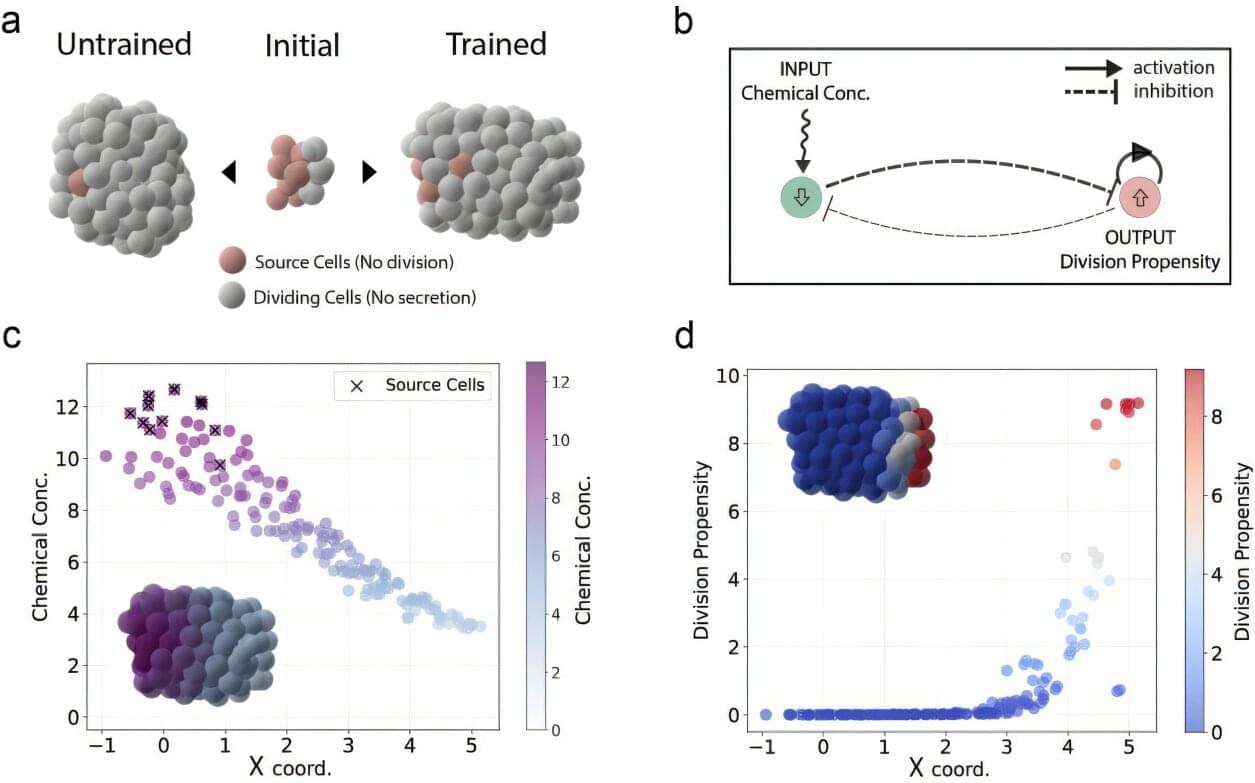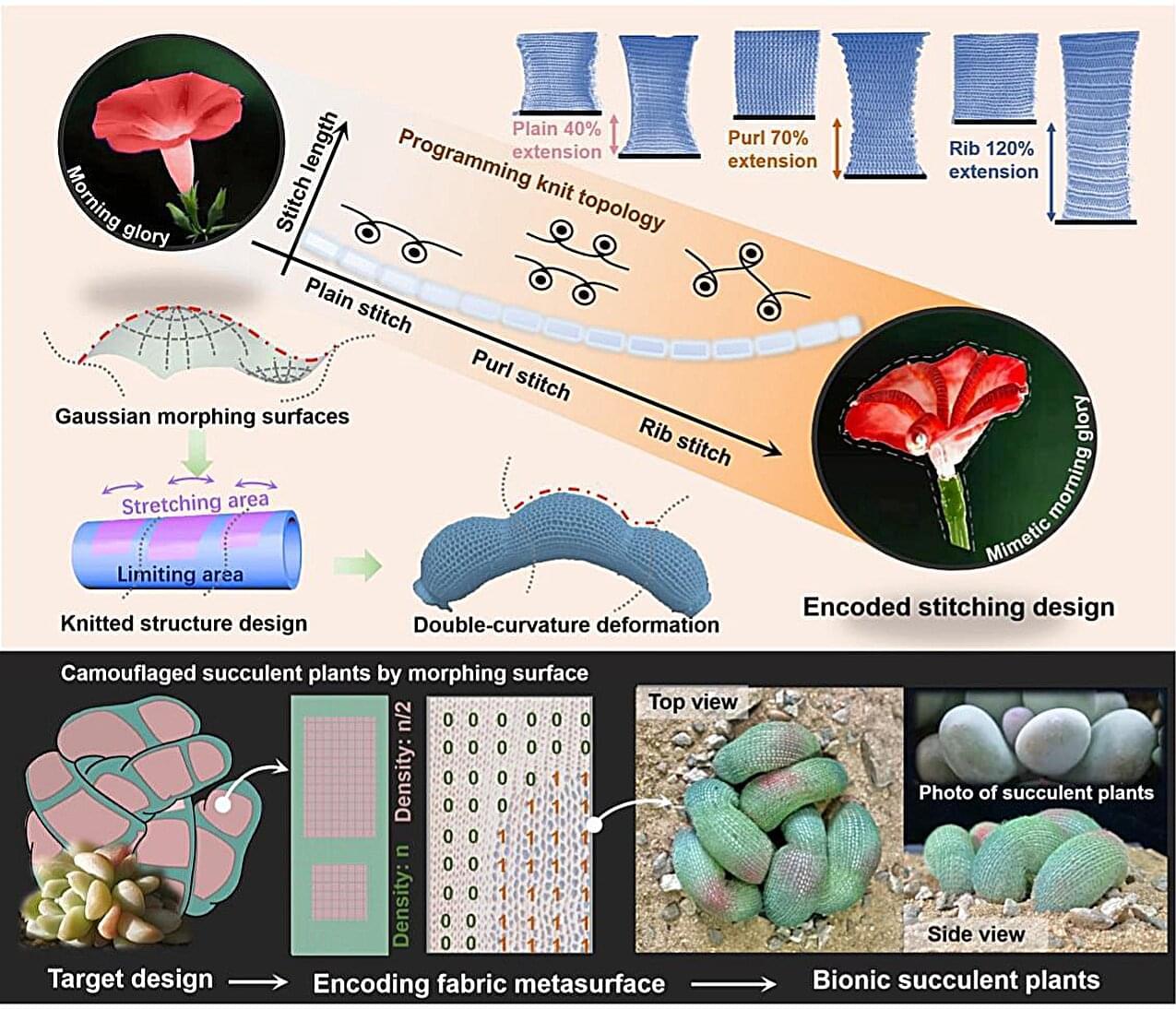Support this channel on Patreon to help me make this a full time job: https://www.patreon.com/whatdamath (Unreleased videos, extra footage, DMs, no ads)Alter…
Category: bioengineering – Page 9



Harnessing mechanobiology to combat kidney disease
Chronic kidney disease affects an estimated 37 million people in the U.S., and for many, there is no cure. But a new research project at Washington University in St. Louis seeks to change that by uncovering the mechanical basis of kidney cell injury.
To tackle chronic kidney disease, Guy Genin, the Harold and Kathleen Faught Professor of Mechanical Engineering at the WashU McKelvey School of Engineering, and Jeffrey Miner, the Eduardo and Judith Slatopolsky Professor of Medicine in Nephrology at WashU Medicine, teamed up with Hani Suleiman, an assistant professor of medicine at the University of Texas Southwestern Medical Center. The interdisciplinary team, with expertise spanning medicine, cell biology, genetics and engineering, received a five-year $4 million grant from the National Institute of Diabetes and Digestive and Kidney Diseases, part of the National Institutes of Health (NIH).
With the NIH’s support, the team plans to study the mechanobiology of podocytes, specialized cells in the kidney that help filter blood.
Researchers at Washington University in St. Louis have received a $4 million grant to study specialized cells that could help treat kidney disease.

Scientists Say They’ve Created a New Form of Life More Perfect Than the One Nature Made
Scientists at the Medical Research Council’s Laboratory of Molecular Biology say they’ve engineered a bacteria whose genetic code is more efficient than any other lifeform on Earth.
They call their creation “Syn57,” a bioengineered strain of E. coli — yes, the same bad boy that can make you extremely sick if you eat an undercooked hot dog — which uses seven less codons than all life on earth. A codon, put simply, is a three-letter sequence found in DNA and RNA which delivers instructions for amino acids, a fundamental “building block” of life.
For the past billions years or so, all known life on earth has used 64 codons. Scientists cracked the code detailing which codons corresponded to which amino acids — mapping the standard genetic code, in other words — in 1966, revealing only 20 total amino acids.

Immunotherapy drug eliminates aggressive cancers in clinical trial
Over the past 20 years, a class of cancer drugs called CD40 agonist antibodies have shown great promise—and induced great disappointment. While effective at activating the immune system to kill cancer cells in animal models, the drugs had limited impact on patients in clinical trials and caused dangerously systemic inflammatory responses, low platelet counts, and liver toxicity, among other adverse reactions—even at a low dose.
But in 2018, the lab of Rockefeller University’s Jeffrey V. Ravetch demonstrated it could engineer an enhanced CD40 agonist antibody so that it improved its efficacy and could be administered in a manner to limit serious side effects. The findings came from research on mice, genetically engineered to mimic the pathways relevant in humans. The next step was to have a clinical trial to see the drug’s impact on cancer patients.
Now the results from the phase 1 clinical trial of the drug, dubbed 2141-V11, have been published in Cancer Cell. Of 12 patients, six patients saw their tumors shrink, including two who saw them disappear completely.
The researchers demonstrate that an engineered antibody improves a class of drugs that has struggled to make good on its early promise.
New Trends in Bio hacking What Works and What Doesn’t
Biohacking shouldn’t feel like a full-time job—or a scam. If you’re tired of chasing every shiny new trend without results to show for it, this session is your reset button. We’ll break down what’s worth your effort, what’s just a fad, and how to build a strategy that actually works for you.

Optimizing how cells self-organize: Computational framework extracts genetic rules
One of the most fundamental processes in all of biology is the spontaneous organization of cells into clusters that divide and eventually turn into shapes—be they organs, wings or limbs.
Scientists have long explored this enormously complex process to make artificial organs or understand cancer growth—but precisely engineering single cells to achieve a desired collective outcome is often a trial-and-error process.
Harvard applied physicists consider the control of cellular organization and morphogenesis to be an optimization problem that can be solved with powerful new machine learning tools. In new research published in Nature Computational Science, researchers in the John A. Paulson School of Engineering and Applied Sciences (SEAS) have created a computational framework that can extract the rules that cells need to follow as they grow, in order for a collective function to emerge from the whole.
A Wearable Robot That Learns
Having lived with an ALS diagnosis since 2018, Kate Nycz can tell you firsthand what it’s like to slowly lose motor function for basic tasks. “My arm can get to maybe 90 degrees, but then it fatigues and falls,” the 39-year-old said. “To eat or do a repetitive motion with my right hand, which was my dominant hand, is difficult. I’ve mainly become left-handed.”
People like Nycz who live with a neurodegenerative disease like ALS or who have had a stroke often suffer from impaired movement of the shoulder, arm or hands, preventing them from daily tasks like tooth-brushing, hair-combing or eating.
For the last several years, Harvard bioengineers have been developing a soft, wearable robot that not only provides movement assistance for such individuals but could even augment therapies to help them regain mobility.
But no two people move exactly the same way. Physical motions are highly individualized, especially for the mobility-impaired, making it difficult to design a device that works for many different people.
It turns out advances in machine learning can create a more personal touch. Researchers in the John A. Paulson School of Engineering and Applied Sciences (SEAS), together with physician-scientists at Massachusetts General Hospital and Harvard Medical School, have upgraded their wearable robot to be responsive to an individual user’s exact movements, endowing the device with more personalized assistance that could give users better, more controlled support for daily tasks.

Knitted textile metasurfaces allow soft robots to morph and camouflage on demand
Nature, particularly humans and other animals, has always been among the primary sources of inspiration for roboticists. In fact, most existing robots physically resemble specific animals and/or are engineered to tackle tasks by emulating the actions, movements and behaviors of specific species.
One innate ability of some animals that has so far been seldom replicated in robots is shape morphing and camouflaging. Some living organisms, including some insects, octopuses and chameleons, are known to reversibly change their appearance, form and shape in response to their surroundings, whether to hide from predators, move objects or simply while moving in specific environments.
Researchers at Jiangnan University, Technical University of Dresden, Laurentian University and the Shanghai International Fashion Education Center recently designed new flexible and programmable textile metasurfaces that could be used to develop robots exhibiting similar morphing and camouflaging capabilities. These materials, introduced in a paper published in Advanced Fiber Materials, essentially consist of knitted structures that can be carefully engineered by adapting the geometric arrangement of their underlying interlaced yarn loops.